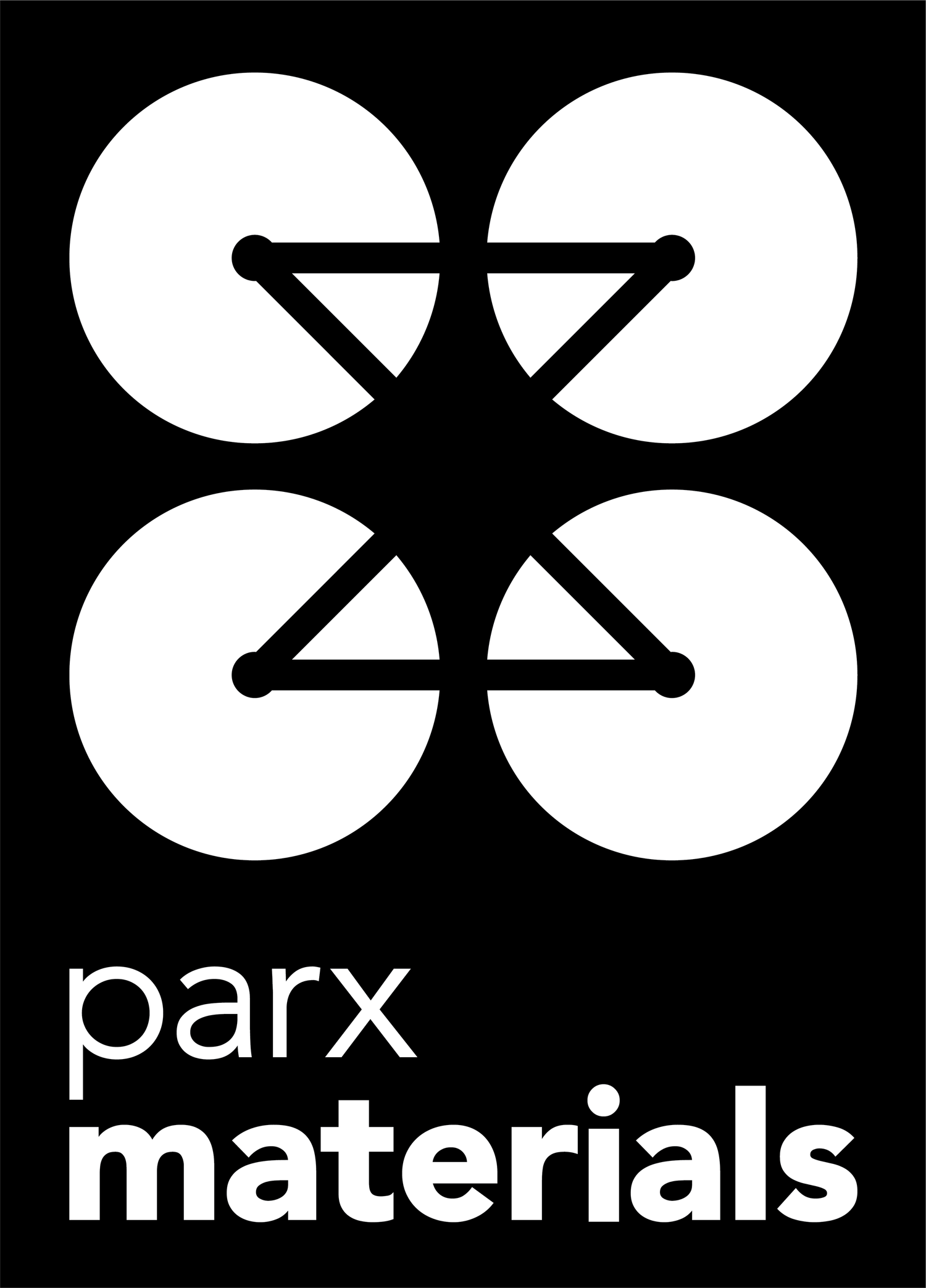What is antimicrobial plastic?
And why you should choose wisely…
Antimicrobial plastic.
Standard antimicrobial plastic is a polymer created by adding an active ingredient in the material composition. This ingredient is designed to actively kill microorganism or render them harmless. Most of todays used ingredients are biocides and toxic substances.
Common active ingredients.
The most used antimicrobial active ingredient today is silver. Integrated as a metal element in nano or micro scale particles or combined with zeolite or other carriers. Other options are triclosan, copper, zincpyritione, quaternary ammonium compounds, etc.
But there are significant downsides to these solutions. They are all toxic and harmful and… they are not sustainable.
Downsides & dangers.
Most of the above mentioned active ingredients work because of a migrating principle. Take for example silver. Silver is integrated into the polymer and at specific humidity the silver migrates out silver ions. These silver ions will leave the material and puncture the bacteria cell membrane to kill the bacteria. Very effective, right? But what about this silver ion?
No matter how you look at it; Silver is toxic. Sure, it was used by the ancient Greek already, but that does not mean it is safe. Silver ions are toxic for humans and toxic for our environment. And with an element migrating out of materials, these ions can end up everywhere…. on your desk, on your lunch, in the air you breath and inside your body. And that is not a good idea. Especially when you realise these ions everywhere will motivate bacteria to build-up a resistance to these ions. Inducing antimicrobial resistance is a serious threat the world (and medicine). It will mean our antibiotics may not work in the future. Think about it.
Not sustainable & not recyclable.
Adding toxic components to plastic is clearly not a sustainable approach. And what about the recyclability? The presence of these toxic components are not marked or highlighted on the plastic articles or products. So that means they are just going along in our recycling stream, while being toxic.
A novel approach by Parx Materials.
The approach we have developed is significantly different.
We have looked at nature and our body’s immune system to come up with a sustainable approach on preventing bacteria. The immune system in our skin for example, is relying on a trace element that you get by eating green vegetables and meat. It is an element that is intrinsic in the skin and does not come out. But yet it is very effective in fighting of bacteria and viruses.
The approach is one developed by specialists in biomimicry and biology. It is a holistic approach to preventing bacteria. Without using biocides, without using silver and without using toxic substance. Instead we are using a nutrient element that the body uses to fight of bacteria and viruses. And we managed to integrate it into plastics and polymers by creating an easy-to-use Saniconcentrate™ delivering a broad-spectrum antimicrobial and antiviral performance.
Creating materials with an intrinsic immune system. Biocide-free and sustainable.
Highlights.
Biocompatible.
Only a natural trace element; an essential mineral identified as an element of utmost biological importance. You will find it in your food and you need it in your daily diet as it is vital for the human immune system.
No leaching.
An intrinsic/inert change in and on the surface of the material. There is no substance migrating or leaching to act against bacteria. The functionality is purely due to the improved mechanical/physical property if the material surface.
Independent.
The technology is not relying on any specific condition. It is unaffected by humidity, light, temperature, etc. That means the technology works as well in dark as in light or in dry as in humid environments. The technology does not need a ‘trigger’ to function. It is truly independent; it always works.
100% safe.
The technology does not contain toxic substances. There are no biocides, no silver, no triclosan, no nano-materials or any other harmful chemicals. There is only a natural trace element and it is fixed inside the material, So it is safe and it does not come out. It does not get any safer than this.
Forever lasting.
The functionality of the technology does not rely on migration, So there is nothing leaching away from the material over time. That means it will never run out, it is simply always there. So it will never fade away or wear off.
Authorised.
The technology fully complies with EU and USA food contact regulations and can be used without limitations in food contact applications. Third party regulatory experts confirm this and also confirm the safety compliance of the technology for the use in medical devices and implants.
Applications.
We have Saniconcentrate™ available for a wide range of applications and for a wide array of materials. It is being used around the globe in a variety of industries, adding additional hygiene to products, preventing deterioration by moulds and fungi, helping to reduce infections or simply providing peace of mind.
Saniconcentrate™ available for:
Polyethylene (PE, LDPE, HDPE, etc)
Polypropylen (PP)
Polystyrene (PS)
Polyvinyl chloride (PVC)
Thermoplastic polyurethane (TPU)
Thermoplastic elastomer (TPE)
Polyethylene terephthalate (PET)
Acrylonitrile Butadiene Styrene (ABS)
And more…

